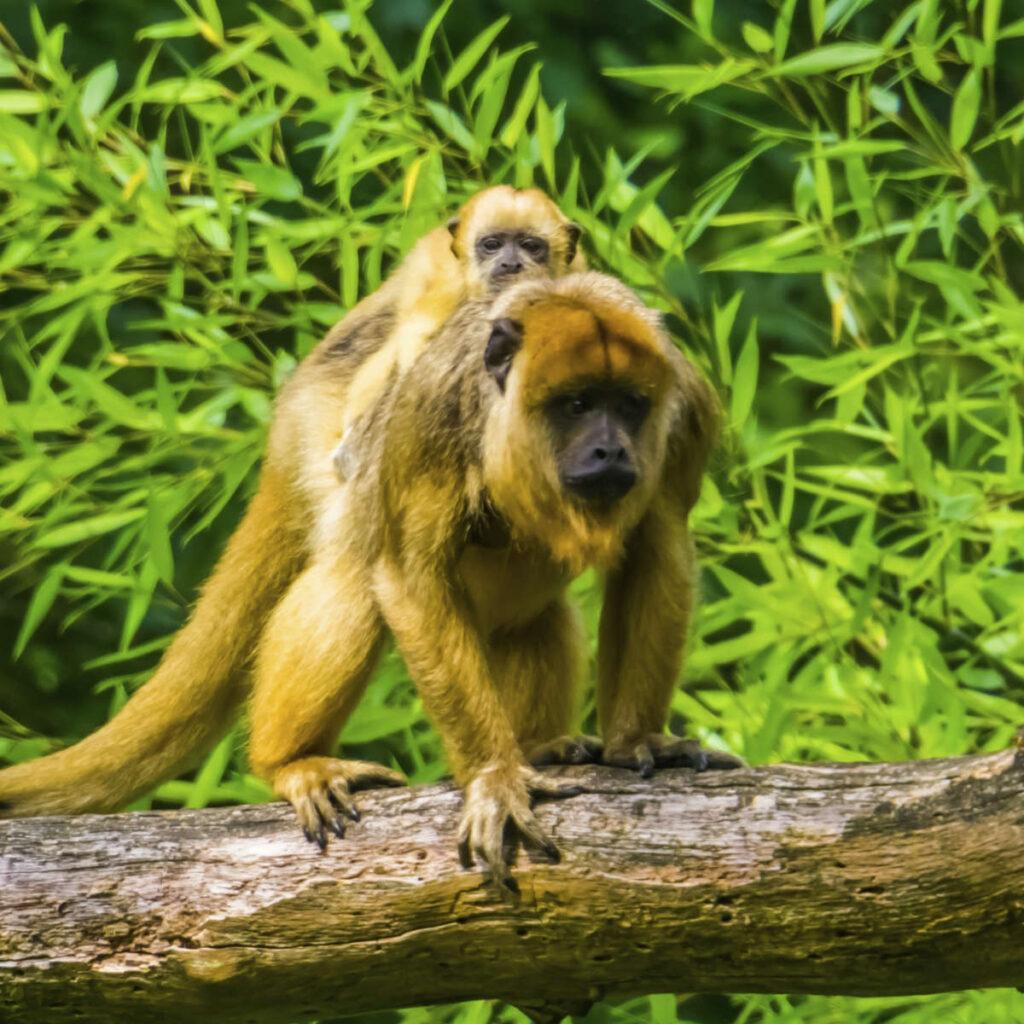Last Reviewed and Updated on July 29, 2022
Monkeys are a very versatile group of primates. From their tool use to one species being the most colorful mammal, there are many unique characteristics you can find when it comes to monkeys. Explore some of the most interesting facts about monkeys you may not know yet.
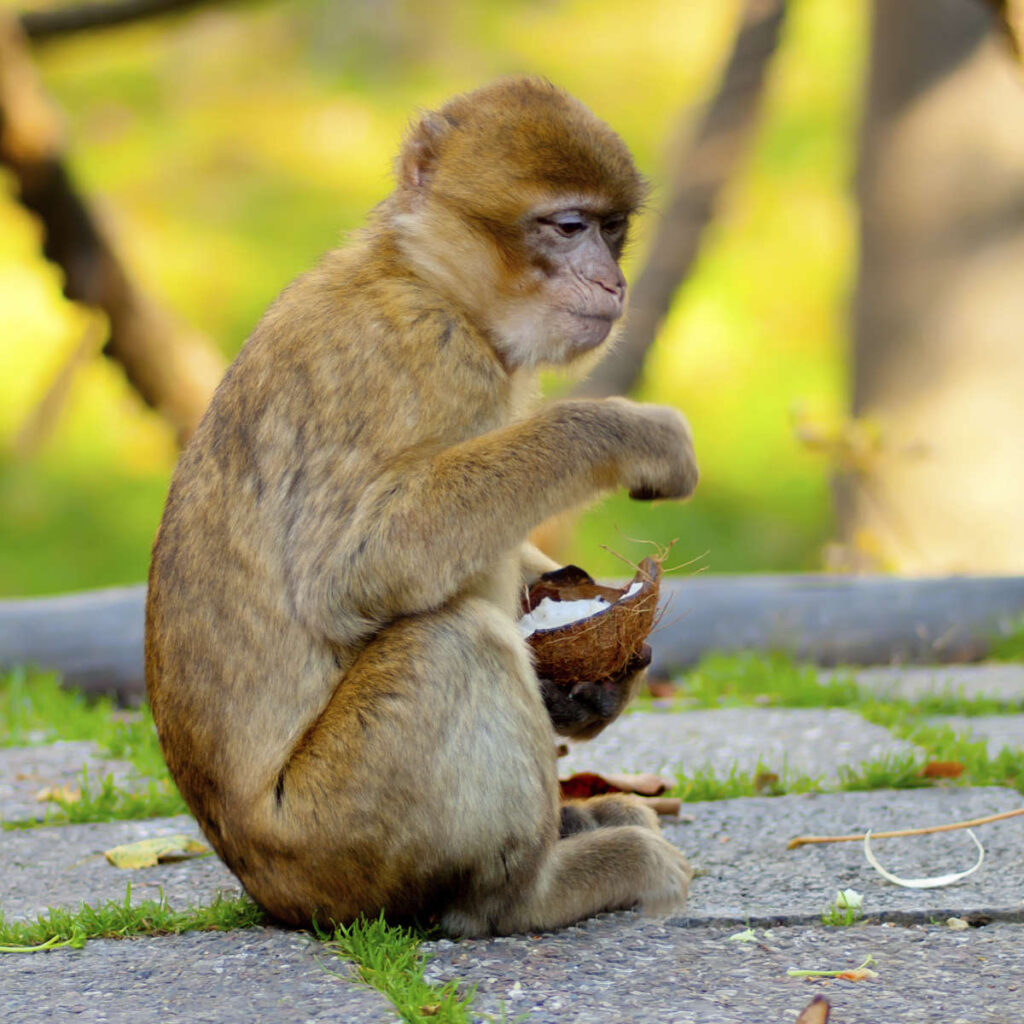
1. Apes aren’t monkeys, but apes did emerge within monkeys
Monkeys and apes are not the same; they are both primates, though. Apes evolved from monkeys sometime in the early Miocene Epoch.
2. Most monkeys have visible tails
A quick way to tell apart a monkey and an ape is by their tail or lack of it. Almost all monkeys have a visible tail, while apes don’t have one.
The only monkeys without a visible tail are the Barbary macaques and the Celebs crested macaque. Some other species also have very short but visible tails.
3. Most monkeys live in the trees, and some live on the ground
Monkeys are a diverse group of animals. Many species of monkeys are arboreal, meaning they mostly live in trees. Baboons, as well as a few others, on the other hand, mostly live on the ground.
4. Some monkeys were sent into space
In the early days of space programs, monkeys were (in some places fairy recently) sent into space. Some sadly on one-way missions.
The first monkey that was launched into space was a rhesus macaque named Albert. Albert was launched into space on June 11th, 1948, and died of suffocation.
Some other species of monkeys sent into space were; squirrel monkey, pig-tailed macaque, and a tufted capuchin.
While this might not be the best out of facts about monkeys it surely is one of the most interesting ones.
5. Mandrill is the largest monkey species and the smallest is Pygmy Marmoset
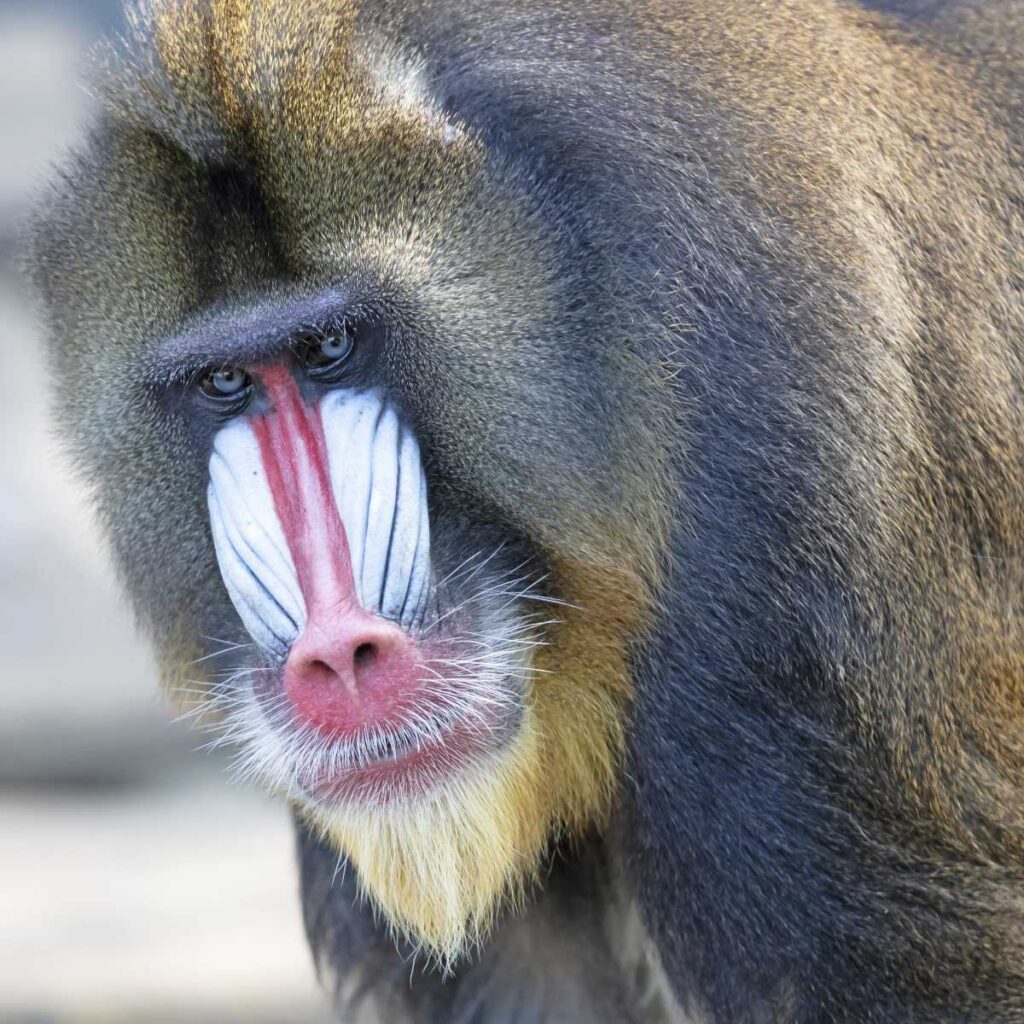
Mandrill, one of the most colorful mammals in the world, is the largest of all monkeys. The male of the species is larger than the female. Males can reach a head-body length between 28-37 inches / 70-95 cm, and weigh up to 66 lb / 30 kg.
The pygmy marmoset is the smallest monkey and one of the smallest primates in the world (the smallest being a species of lemur). This monkey has head-body lengths of up to 6 inches / 152 mm and weights up to 3.5 oz / 100 g.
6. Many monkey species use tools
One of the coolest facts about monkeys is their ability to use tools. Tool use in monkey species has been widely documented. Different species use tools in different ways, with some species being craftier and using tools for more purposes than others.
The tools are being used for capturing food, transporting food, grooming, preparing food, and for aggression towards others.
7. In Mandrills, the differences between the female and male are very notable
In most species of monkeys, the difference between a male and female can’t be spotted right away unless they are close to each other, as the most common difference is the size.
Some species have more notable differences, with mandrills having the most obvious ones. Females are much smaller (half the size) and don’t have colorful faces. A male mandrill has facial and back end coloration that includes different hues of pink and blue.
8. Snow monkeys enjoy themselves in hot springs and even make snowballs
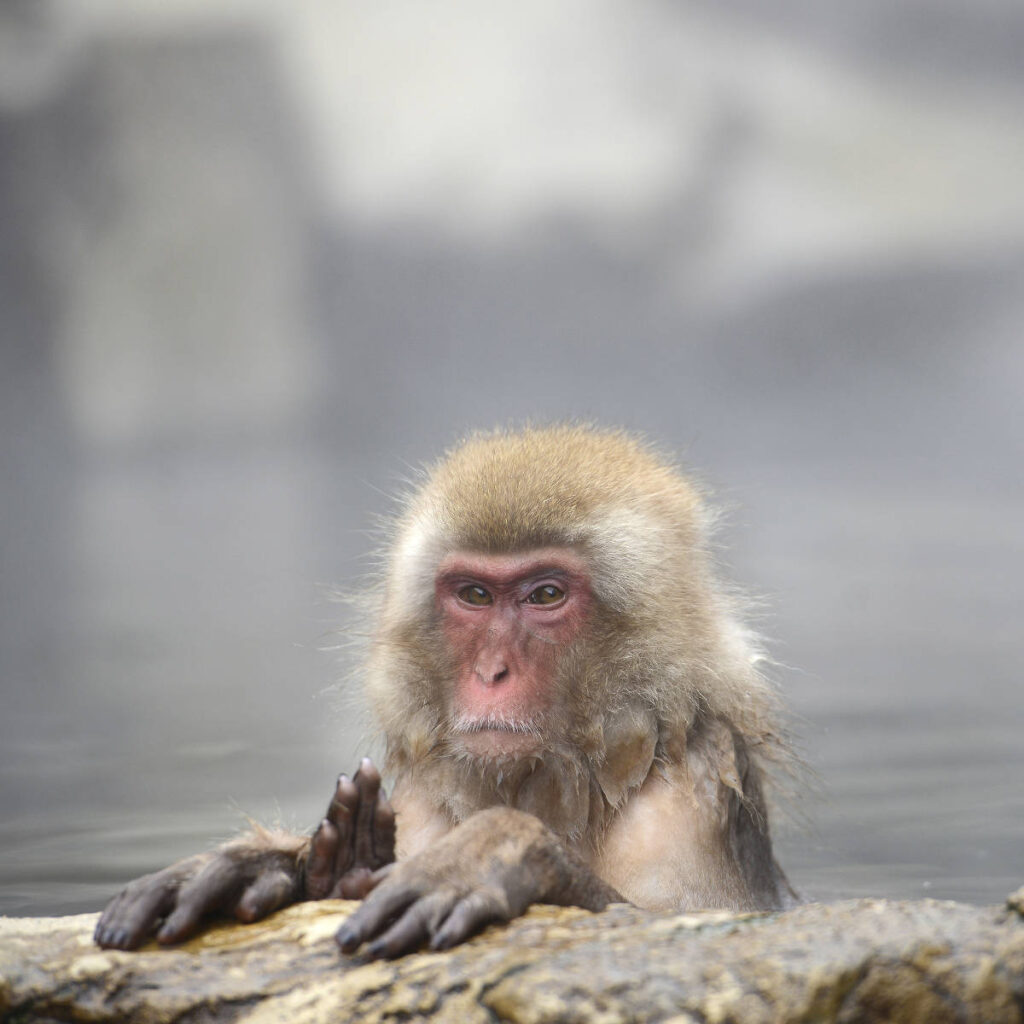
Japanese macaque, also known as snow monkeys, is one very peculiar species. They bathe together in hot springs. They have been observed making snowballs and carrying them up the hill, where they then let them roll downhill (and repeat it again).
A population at Koshima island is also washing their food in freshwater and may dip it in saltwater later on to season it.
9. Panamanian white-faced capuchin use herbal medicine, tools, and weapons
Another extraordinary species of monkeys is the Panamanian white-faced capuchin. These monkeys are well versed when it comes to tool use; they also use stone tools. These monkeys are considered one of the most intelligent primates.
What is most surprising is these monkeys are known for rubbing parts of certain plants into their hair. They rub some types of insects on their skin as well. The reason for this isn’t entirely known; it may be used as a bug repellent (for ticks and parasites), as a fungicide or bactericide, or even as an anti-inflammatory aid.
10. Geladas are the only primates that primarily eat grass
Diets of primates vary from species to species, but most have diets mostly consisting of fruits, leaves, and small animals.
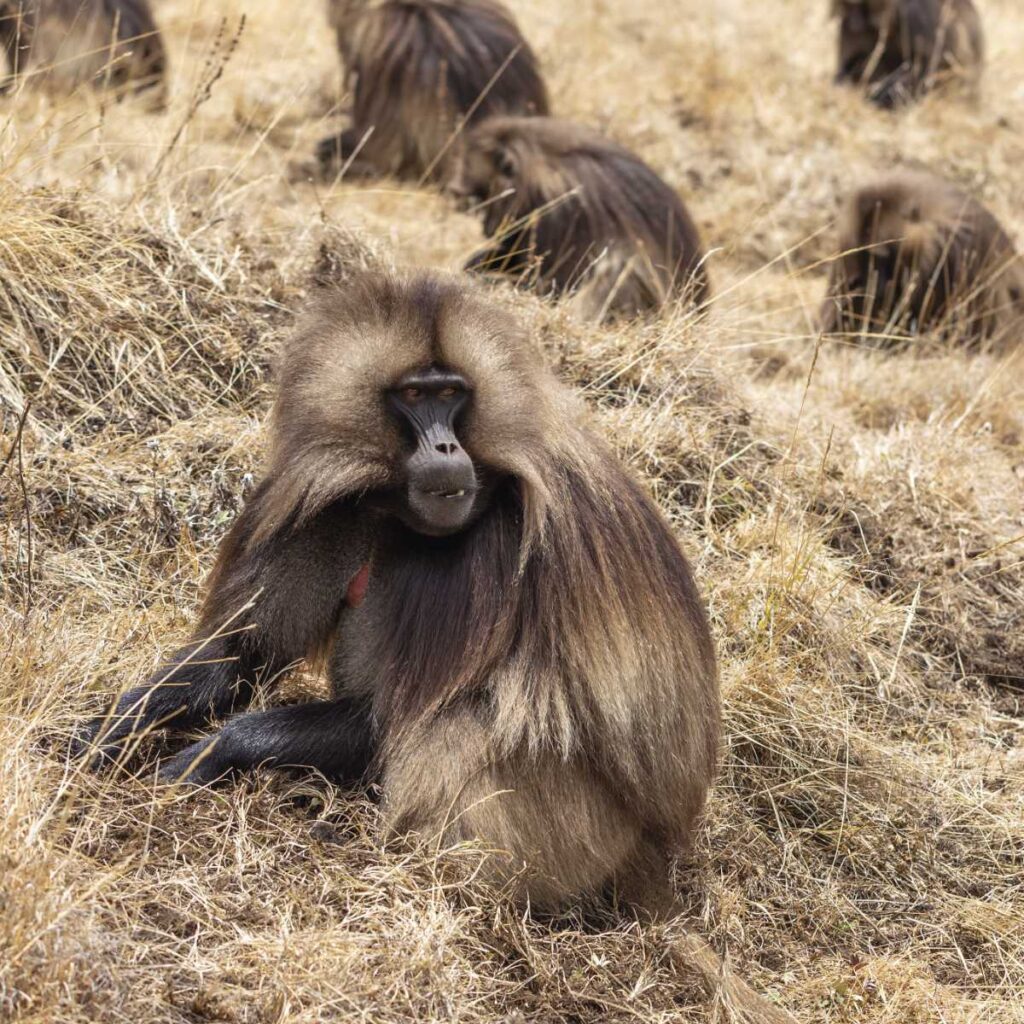
In geladas, 90% of their diet is grass.
11. Proboscis monkeys have the longest noses of all primates
Another species that really stands out is the proboscis monkey. This monkey has the longest nose of all primates.
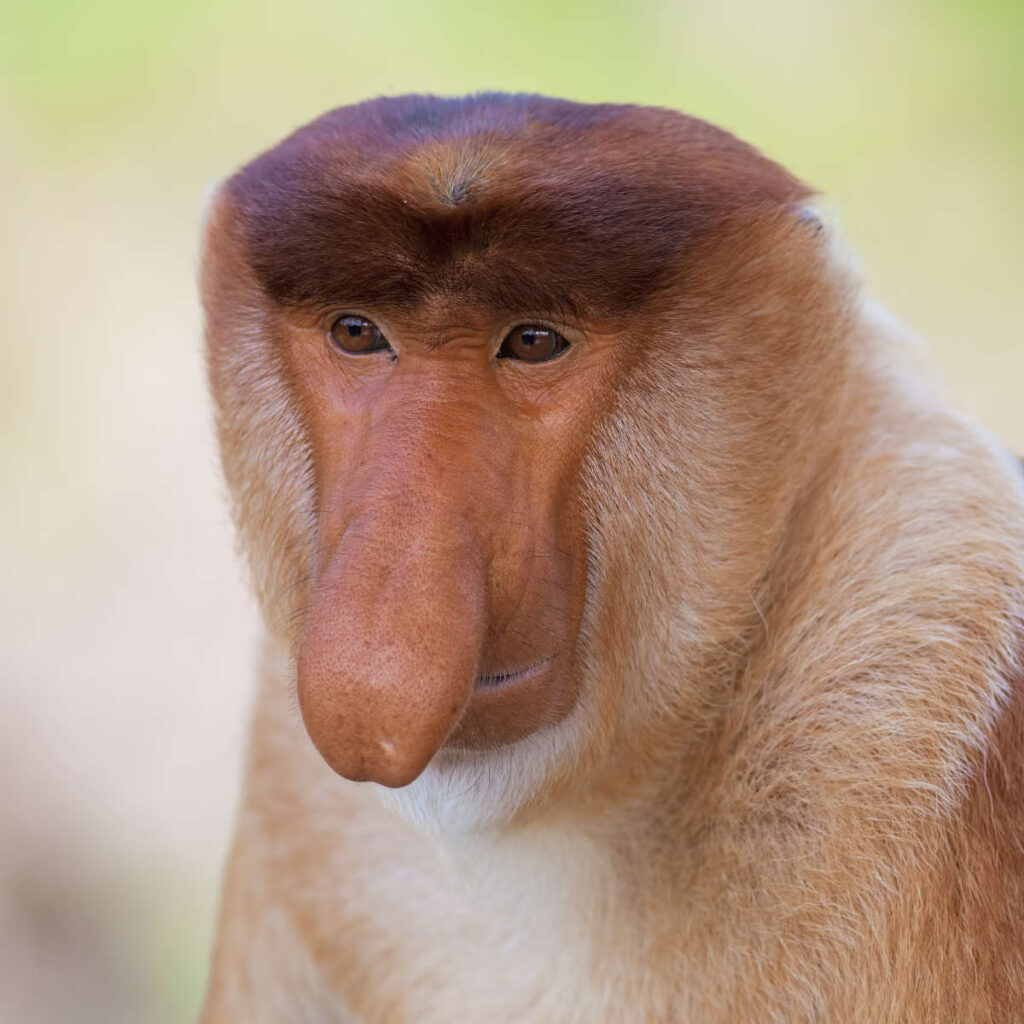
12. Howler monkeys are the loudest monkey species
Last on this list of facts of monkeys is a loud one. Howler monkeys are the loudest monkeys and are also one of the loudest animals in the world. Their vocal communication is an important part of their social behavior. Their vocalization can be clearly heard for 3 miles / 4.8 km.
